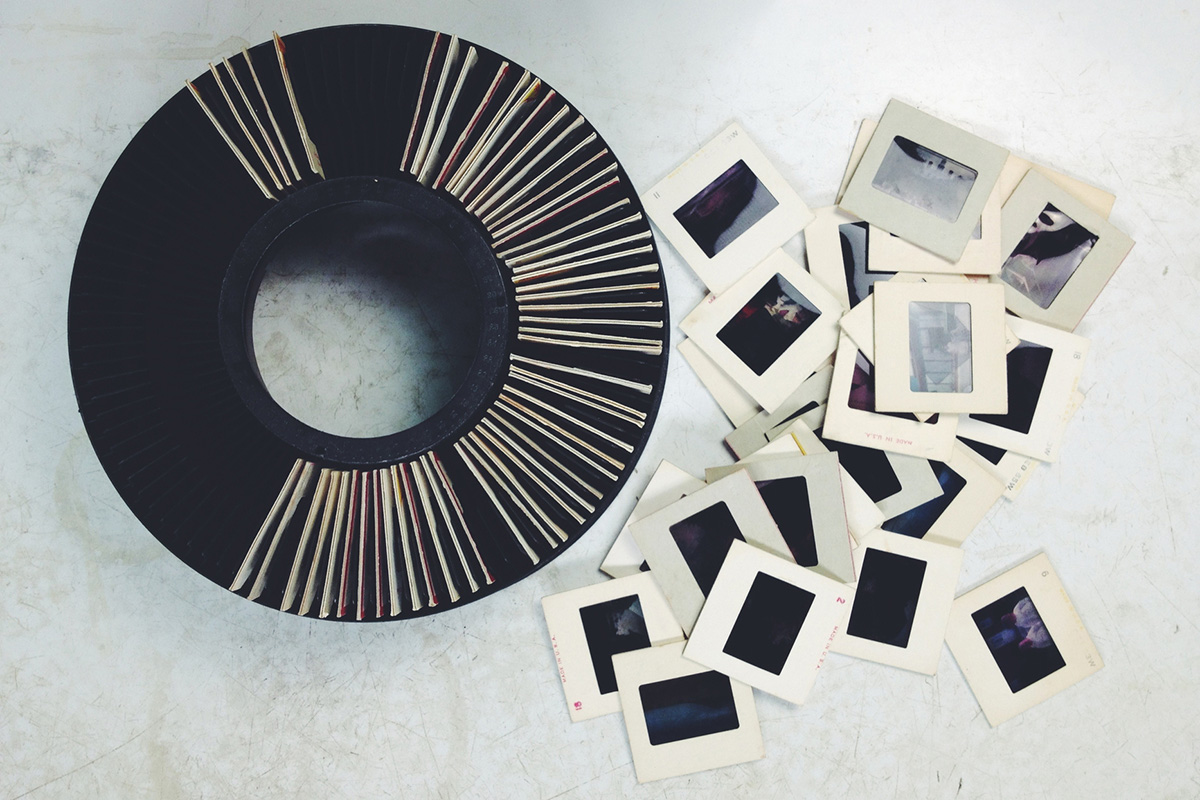Reading Time: About 4 minutes
His response was nearly instantaneous and a little off-putting. My friend knows art. He teaches it. He writes about it. And he occasionally curates it. So it was surprising when he burst into laughter when I asked what he thought about the growing brand curation trend?
After the snickering subsided he explained that much of the “curation” fodder was absurd. It was, in his mind, a marketer’s Frankenstein—a morph of an ancient word into a buzzword.
A brief history lesson followed.
In medieval times, members of the clergy were selected to be curates—keepers of sacred objects. Sometimes curates protected people, too. In the UK the word is still used to describe a court-appointed guardian of a child.
The notion of a curate evolved during the renaissance. Religious and secular “curators” emerged to gather and preserve art and priceless artifacts. Today, we rely upon a new breed of curators that do much more than organize and protect collections of unique things. They guide our discovery and help us understand the meaning and significance of the items in their custody. They relate. They inform. They inspire.
My friend found it funny because the classical definition of a curator is a noun—one who keeps and organizes. And it has a verb counterpart: to curate is to organize and look after. But curation has become something entirely different. In its most frequent colloquial use it often means “to endorse.” It has also come to mean “select.” When someone says “curate some products” they mean “pick the ones you like,” or “pick the ones others should buy.” In this guise, a famous or an influential person blesses items by acknowledging them. A social media mention by this “curator” increases the value of the selected item. So, every brand is now talking about “curation” — an activity that is meant to drive purchase behavior through a transfer of coolness.
There’s nothing wrong with this mode of endorsement, but its endorsement, not curation. True curation creates real value by imbuing meaning. A curator provides context. This context is more than saying “I like this so you should, too.” The curator’s context dramatizes why an object is significant, why it is worth our attention, and how it fits into the world they (and we) occupy.
We’ve never needed curators more than we do right now. Consumers are over-saturated with options and information. While Google makes it easy for us to search the world for the best electric shaver, the search results page often raises more questions than it provides answers. Then there are social networks like Yelp, that in theory provide a helpful perspective through reviews and ratings, but they often raise more doubts because of the uncertain credibility of the reviewers. Our best insight on a Yelper is their number of reviews and the tone we can glean from what they’ve reviewed before. We have no idea whether they are truly qualified or not to guide us. We don’t know their expertise in this domain. All we have is their account of their own experience.
Expertise is an important credential for an influential curator. Great curators have usually studied their subjects over a career or a lifetime. Yet expertise is not the only way that a curator can influence us and provide value. Many of the great curators excel at relating. They sense as much as they think, and we relate to their sensibility. They are storytellers and the stories they tell help us see the object in a riveting new way. Thus an inanimate object becomes alive with meaning.
I’ve written before about Maria Popova and her beautiful blog brainpickings.org. Like most things of beauty, Popova’s work rests on a simple premise: it’s a series of online book reports. But these aren’t the book reports you and I wrote in high school. These are the sonnets your high school English teacher imagined when she earned her teaching credentials. Popova doesn’t summarize what she reads, she persuades you to care. She romances you by linking the content of her subject to the values and forces that shape our world right now. To spend an hour reading Maria’s blog is to open your mind to a lifetime of curiosity. That’s a true curator at work. And the result is a click over to Amazon to buy and read what she profiled.
In Los Angeles we are lucky to have Jason Bentley curate a lush playlist for us every weekday on Morning Becomes Eclectic. His musical journeys dive deep into genres and themes, winding us along with their moods and eras. Of course, Bentley is a font of knowledge about artists and repertoire. He can educate you, but his curatorial power revolves around his role as pied piper. We follow him. And, yes, we buy tickets to the artists he covers.
Which brings me back to the question I asked my art friend. What should we make of this “curation” trend? I think it’s welcome, but like the source of most trends it requires authenticity. When a brand or someone famous points their finger at things we should notice they ought to provide context. They ought to provide stewardship.
Fans of Seinfeld undoubtedly remember the satirical portrayal of J Peterman of the J Peterman catalog (which is real and still exists). Though perhaps an entertaining extreme, the catalog was an act of curation, every item married to a background story. The contemporary equivalent is often found in inspired pop-up stores, where the retailer guides you through a limited collection and every piece connects to the next.
Direct my attention to something that matters to me. Help me understand why it matters. Tell me a story and make me care. These are the curatorial actions that actually drive behavior, whether from a celebrity or from an invisible narrator. This act of true curation is what compels people to share and persuades them to reach for their wallets.

